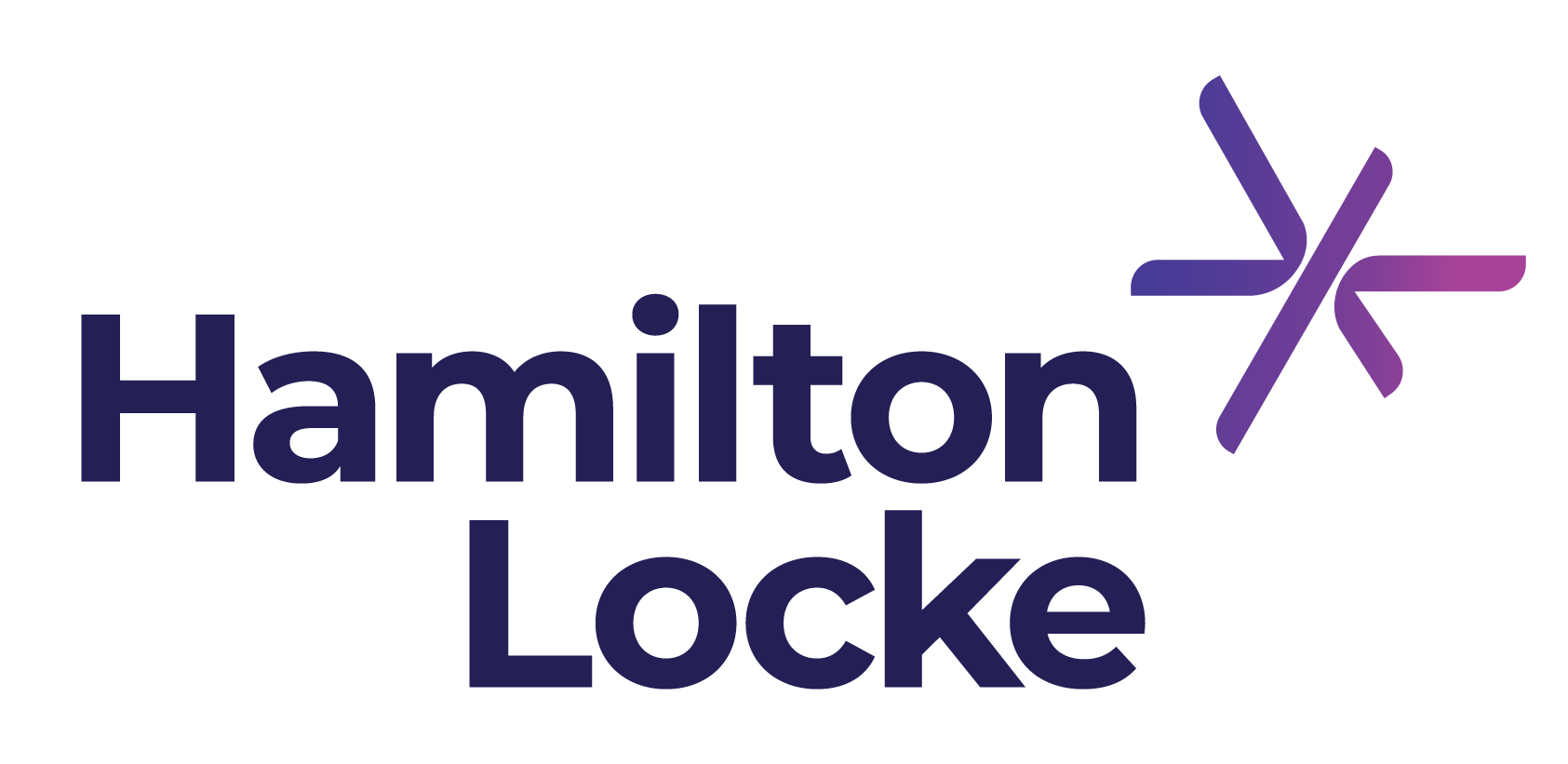SURVIVING A CRISIS – CONSOLIDATE OR DIVEST.
Published on Sep 30, 2021 by Nicholas Pavouris and Charmian Holmes

Australia’s economy has fared reasonably well through the global pandemic (so far) but economic conditions are expected to be slower for years to come. At the same time we are expecting significant regulatory changes and pressure. To maintain the viability of your financial advice business, it’s important to prepare now.
Businesses that have sought to grow and expand may now consider a strategy of consolidation and seek to divest some non-essential businesses. While start-ups that are still in high growth mode will need to maintain sufficient cash resources to meet impending regulatory changes and growth objectives, or run the risk of raising money at a lower valuation or having no runway left.
Consolidation or divestment
Given the heavy economic support provided by government, it is more important than ever for businesses to take an objective look at how they can ‘trim the fat’. Financial advisory businesses will survive and consolidation may provide you with new opportunities as others sell or exit the industry.
Divesting non-core parts of your business allows you to focus on what is core. You may decide to exit parts of your business that have been under-performing or will be subject to significant regulatory change that may make them unprofitable. You may have an asset that isn’t central to your business or that you can’t invest more fully in under the present economic conditions.
There are many different strategies for consolidating and refocusing your business. We’ve outlined 5 that are commonly used.
1. Sell-off assets
An asset sale involves selling-off parts of your business that are not core sources of income, like client portfolios including the intellectual property and goodwill in the servicing rights.
For example, a business that offers both insurance broking and financial planning services could sell-off either their broking or financial planning assets. This would allow them to free up cash to expand their core business. While asset transfer transactions tend to be slow in times of economic uncertainty, it’s the ideal time for opportunistic investors to find great deals. There’s also a lot of demand for financial planning portfolios with good advisors, as small and mid-tier businesses try to increase in size and get better economies of scale.
2. Selling or cancelling your licence
The regulatory compliance burden of maintaining an Australian Financial Services Licence (AFSL) is a significant financial commitment. If you’ve sold client portfolios related to your AFSL, you may be able to divest the legal entity that holds the licence. You cannot transfer the licence but you can transfer shares in a company that holds it.
There is a strong market for companies that hold an AFSL because it allows new entrants to get to market quickly. A new application can take a number of months while a simple share sale transaction for an entity that holds an AFSL can be reasonably quick.
You can also minimise the holding costs associated with an AFSL, including professional indemnity insurance, audit costs and AFCA membership, by quickly selling the AFS licensed entity.
If you can’t sell the AFS licensed entity and no longer need the licence, you should ask ASIC to cancel it. There are still some obligations that continue after your licence is cancelled, like ensuring that records and information are maintained or held in physical or electronic storage for 7 years in most cases. While there is no requirement to maintain or have professional indemnity insurance in run-off, you may decide to for some time depending on your risk appetite.
3. Winding-up
If all or most of the assets have been sold or relinquished, then you could wind-up a company. Winding-up a company voluntarily is a relatively straight-forward process involving:
- Getting approval from the directors and members of the company;
- Notifying ASIC;
- Completing the liquidation of any remaining assets; and
- Deregistering the company.
You may still need to consider historical liability and responsibilities, like whether you should maintain or run-off professional indemnity insurance and maintain records (as described above). Before winding-up the company you should also check your contractual commitments to others.
4. Asset spin-off or re-structure
Another option is to spin-off the part of the business that you are seeking to divest. This allows the shares in the divested company to be distributed amongst other shareholders (i.e. the shareholders in the principal business). This method typically involves no exchange of cash and is often structured to minimise tax liabilities.
A spin-off is particularly useful where an asset is considered non-core and doesn’t fit into the portfolio of assets the business owns or requires significant capital investment to maintain. This has the added benefit of quarantining your assets. For example, if an AFSL is held in a separate company it prevents a potential liability from that company infecting others in the corporate group, like non-trading asset owning entities.
5. Going out on your own
We have seen authorised representatives use this time to set-up shop as their own licensee. This gives you considerably more control over the structure and future of your business. It also means you can respond with greater speed and are not required to wait for the directions of an AFS licensee when regulations change.
Before implementing any consolidation or divestment strategy, it’s important to consider the tax implications that these decisions will have on your continuing business and take professional advice.
If you’d like some advice on divesting or restructuring parts of your business, get in touch – we’d be happy to help.
September 2021


